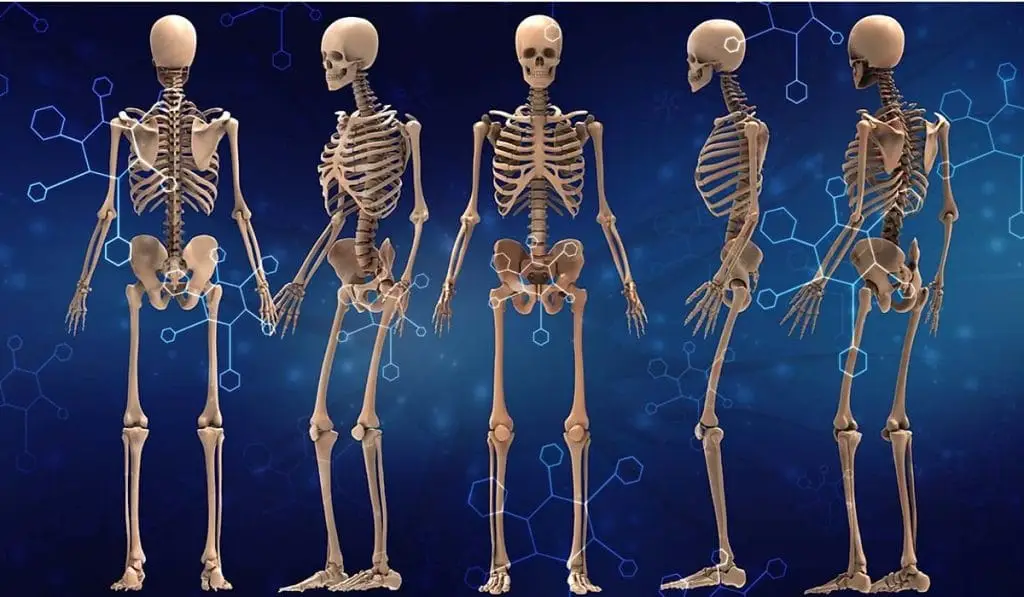Understanding the Human Skeletal System: Structure, Function, and Significance
May 13, 2024 2024-05-13 14:18
Understanding the Human Skeletal System: Structure, Function, and Significance
The human skeletal system is not just the framework that supports the body; it’s a complex, dynamic system crucial for our survival, health, and movement. Comprising over 200 bones, the skeletal system functions not only as a scaffold but also as a hub for vital physiological processes. This article delves into the structure, functionality, and importance of the skeletal system in human biology.
Structure of the Human Skeletal System
The human skeleton can be divided into two main parts: the axial skeleton and the appendicular skeleton. The axial skeleton consists of 80 bones along the central axis of the body, including the skull, vertebral column, and rib cage. This segment provides vital protection for the brain, spinal cord, and thoracic organs.
The appendicular skeleton includes 126 bones and comprises the limbs and girdles. The upper limbs are attached to the body via the pectoral girdle, and the lower limbs are connected through the pelvic girdle. These bones are essential for movement and interaction with our environment.
Functionality of the Skeletal System
The skeletal system serves several critical functions beyond providing structure. These include:
- Protection: Bones protect internal organs from injury. The skull shields the brain, the ribs protect the heart and lungs, and the vertebrae safeguard the spinal cord.
- Movement: Bones act as levers and fulcrums in conjunction with muscles. Without bones, the muscles would not be able to move the body.
- Production of Blood Cells: The bone marrow, found within the cavities of many bones, is the site of red blood cell production, a process known as hematopoiesis.
- Mineral Storage: Bones act as reservoirs for minerals such as calcium and phosphorus, which are essential for various cellular activities throughout the body.
- Endocrine Function: Recent research indicates that bones also play a role in endocrine regulation, particularly in regulating glucose metabolism and influencing obesity and diabetes through hormone secretion.
Common Disorders of the Skeletal System
Understanding common skeletal disorders can help in promoting skeletal health. Some prevalent conditions include:
- Osteoporosis: A disease where decreased bone strength increases the risk of a broken bone.
- Arthritis: Inflammation of one or more joints, causing pain and stiffness.
- Fractures: Breaks in the bone, often caused by accidents or sports injuries.
- Osteoarthritis: A degenerative joint disease affecting mostly older populations.
Maintaining Skeletal Health
Maintaining bone health is crucial throughout life. Diet plays a vital role; adequate intake of calcium and vitamin D is essential for maintaining bone density and strength. Regular exercise, especially weight-bearing activities such as walking and lifting weights, can help strengthen bones and joints. Avoiding behaviors that can harm bone health, like smoking and excessive alcohol consumption, is also critical.
Conclusion
The human skeletal system is integral to our health and daily functioning. Understanding its structure and functions can lead to better health practices and prevention of skeletal-related diseases. By nurturing our bones through proper nutrition, exercise, and avoiding detrimental habits, we can ensure our skeletal system supports us well throughout our lives.
Related Posts
Understanding the Human Skeletal System: Structure, Function, and Significance
May 13, 2024 2024-05-13 14:18Popular Tags






























